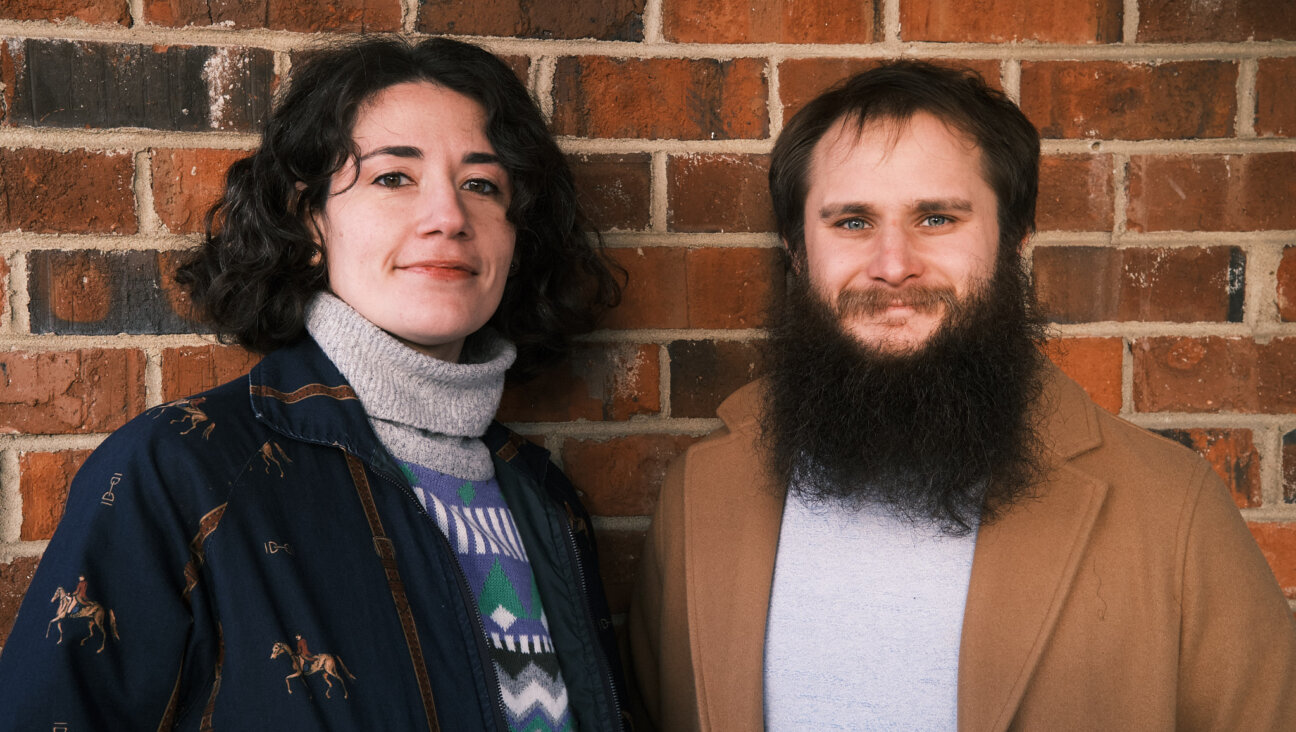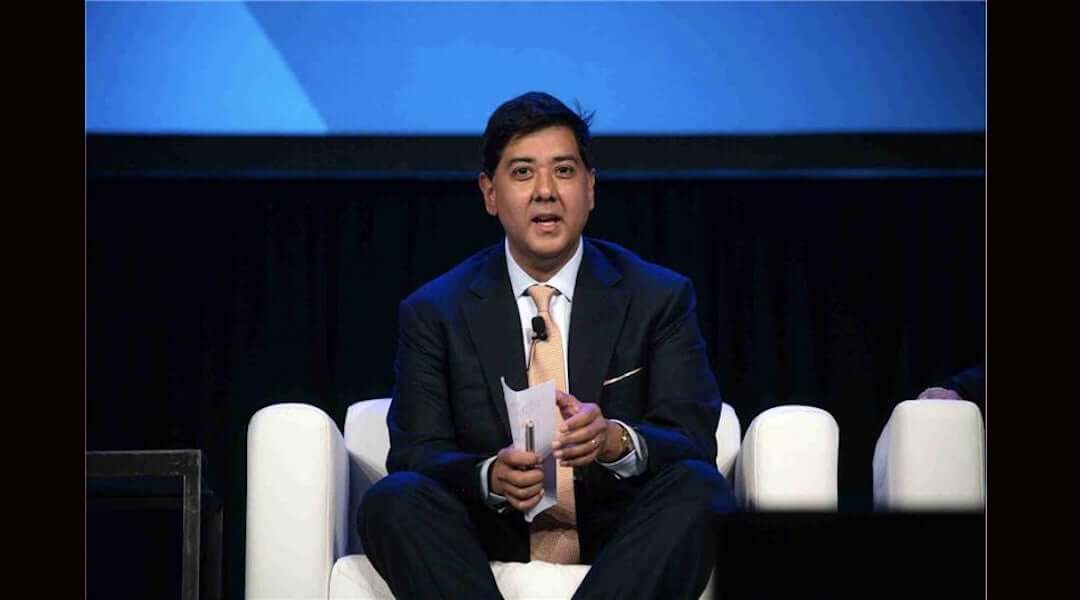‘Go to Hell, Leftist’ and Other Jerusalem Day Slogans

Graphic by Angelie Zaslavsky
The crowd enters Jerusalem’s Old City singing racist chants / A. Daniel Roth Photography
As I made my way out of the Muslim Quarter, the dark alleyways suddenly seemed too quiet. Just moments before, crowds of ultranationalist Jewish celebrants had marched through this same space shouting “Death to Arabs.” Children had banged against shuttered Palestinian homes with wooden sticks and Israeli police had stood by as teenagers chanted “Muhammad is dead.” Now, all that remained were eerie remnants of their presence: “Kahane Tzadak” (Kahane was right) stickers plastered over closed Palestinian shops and the ground littered with anti-Muslim flyers. As Israeli police and soldiers began to unblock closures, Palestinian residents of the Muslim Quarter cautiously ventured outside. This is the only time I cried.
Jerusalem Day marks the anniversary of the Israeli conquest of East Jerusalem in 1967. The March of Flags has become an annual tradition in which thousands of ultranationalist Jewish celebrants parade through the city waving Israeli flags. It culminates in a dramatic march through the Muslim Quarter, generally accompanied by racist slogans and incitement to violence. Israeli police arrive in the area earlier in the day, sealing off entry to Palestinian residents “for their own safety.” Those Palestinians who live in the Muslim Quarter are encouraged to close their shops and stay indoors, while any Palestinian counter-protest is quickly dispersed.
Growing up at the Solomon Schechter Day School of Long Island, I have fond memories of Jerusalem Day. We celebrated every year with school-wide assemblies and dances, singing “Sisu et Yerushalayim” (Rejoice in Jerusalem) and “Jerusalem of Gold” with pride. Even in high school, I never knew the political significance of the day or imagined that my joy might be at someone else’s expense. Today, I know better.
I made a conscious decision to attend the March of Flags this year. As an intern at Ir Amim, an Israeli organization committed to fostering a more equitable and sustainable Jerusalem, I helped coordinate a group of volunteers to document racist slogans, police responses to incitement, and restrictions on Palestinian mobility. While I thought I knew exactly what to expect, I find myself feeling numb as I write these words.
The sea of celebrants convened at the Damascus Gate, outside the Muslim Quarter, seemingly ready to fight. Most were wearing Kahane stickers or paraphernalia, and almost all chanted anti-Arab slogans. Whenever a percussion grenade would go off at the nearby Palestinian counter-protest, hundreds of marchers would run over to the police-line to watch, shouting insults as Palestinians quickly dispersed. Moreover, despite heavy restrictions on Palestinian entry to the area, there was more than one violent confrontation with the Palestinian press, Red Crescent volunteers, and local Palestinian residents simply trying to pass through in one piece.
Perhaps most striking were the children. I will never forget the young Jewish boy, no older than five, wearing stickers plastered all over his shirt: “Kahane was right” and “Don’t even think about a Jewish woman” (sponsored by Lehava). As youngsters milled through the crowd, my protective instincts kicked in to keep them from getting trampled. More than once, a young boy would look up to me, overwhelmed. I would guide him to a nearby parent, silently weighing the red sticker on his shirt.
After watching group after group storm into the Muslim Quarter, I finally decided to enter along with them, video camera in hand. It was not long until the crowd began to notice that I was filming. “Do you film them when they throw stones?” a young man shouted. “Why do you film us instead of them?”
I walked on, trying to remain calm in a threatening environment. A group of Jewish teenagers surrounded me. “So, are Jewish men not enough for you? You need to fuck Arab men instead?” And, “Go to hell, you leftist.” Another blew the sparks of his cigarette directly into my face.
The crowd continued down through the Muslim Quarter, shouting “Death to Arabs” as young Palestinian children stared out of second story windows. A mother carrying her child handed him a large poster, instructing him to hold it in front of my camera so as to obstruct my view. Anywhere I turned, the child turned his poster, until it became impossible for me to film. When I finally turned the camera off, another woman walked straight up to me. Her face inches from mine, she practically spat, “Shame on you. People died for this land. This is Jewish land. If you don’t like it, go to Syria. Go die in Syria.”
We often hear about the mythic “reunification” of Jerusalem. But the March of Flags, if we pay any attention at all, reveals the violence of Jewish power in the holy city. This violence has simultaneously violated the Palestinian residents of Jerusalem and poisoned the Jewish community from the inside out. And these days, even as the daughter of a rabbi, I question if I have the strength to stay in the game.
Leanne Gale is a New Israel-Fund Shatil Fellow living in Jerusalem and interning at Ir Amim, an Israeli organization working to promote a more equitable and sustainable Jerusalem.
All photos and video courtesy of A. Daniel Roth Photography















